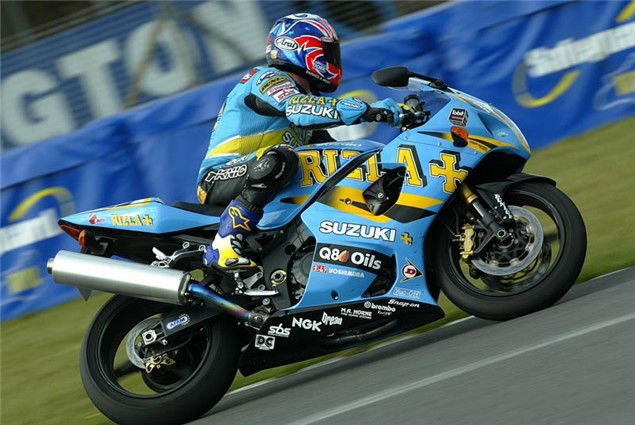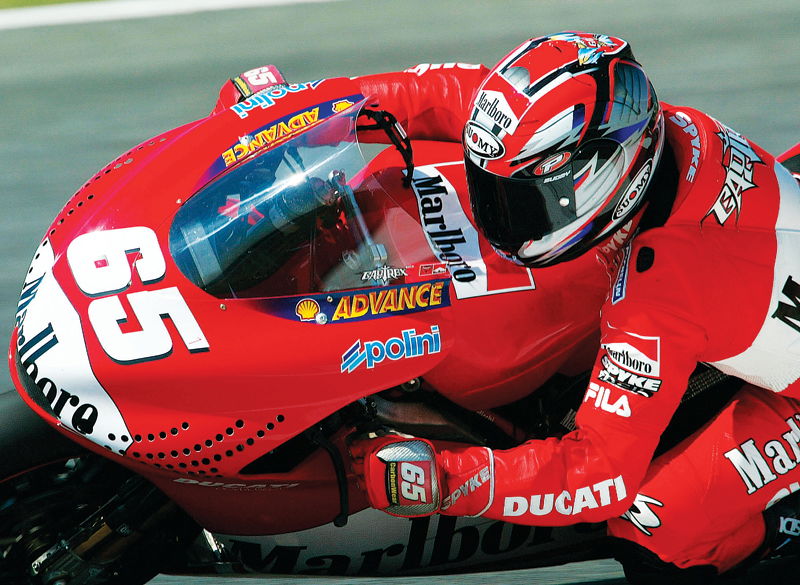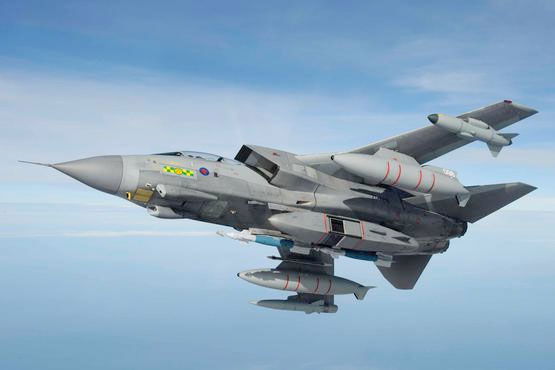Road V Race - Superbikes
How does a roadbike become a BSB contender, and how different are they? We find out


Two blokes in the pub. One says, "did you see British Superbikes at the weekend? John Reynolds was awesome, absolutely flying on that GSX-R".
Other bloke replies, "yeah, I saw it. That bike looks like a weapon. I'm going to get one you know".
"Really?" says bloke one, now really impressed.
"Nice blue and white one, sling a pipe on it for a bit more go and then I'll go get a few trackdays in. The rest of the lads won't know what's hit 'em."
Conversations like this are going on in boozers all across the country - there's probably one in your local right now - and are one of the reasons superbike racing's so popular. The 'watch 'em race on Sunday, buy 'em on Monday' philosophy's nothing new, but there's still something cool about being able to buy your own slice of BSB pie should the fancy take you.
Obviously we all know the showroom superbikes and the ones lining up on the BSB grids are different beasts, regardless of the fact both started life as the same machines, and we all know this difference is bigger than just whipping the lights and mirrors off before slapping on a few sponsor stickers, but beyond this it all gets a little shrouded in myth and mystery. Just how different are they?
Well, wonder no longer because we have lined up the cream of this year's BSB crop with their equivalent roadbikes to go back-to-back to settle this little debate once and for all.
Team managers and mechanics have been grilled for the lowdown on just what it takes to transform standard roadbikes into British championship contenders, riders have been interrogated under spotlamps about exactly how their racebike behaves dancing on that narrow cusp between lap record breaking glory and earth-sky-earth-sky-ouch-disaster, and most importantly we've ridden all the racers next to their donor roadbikes.
One racetrack, five days, two photographers, seven riders, a million quid's worth of bikes, and a grand total of 1860bhp - welcome to the very best superbikes in the world. Let's go to work...

